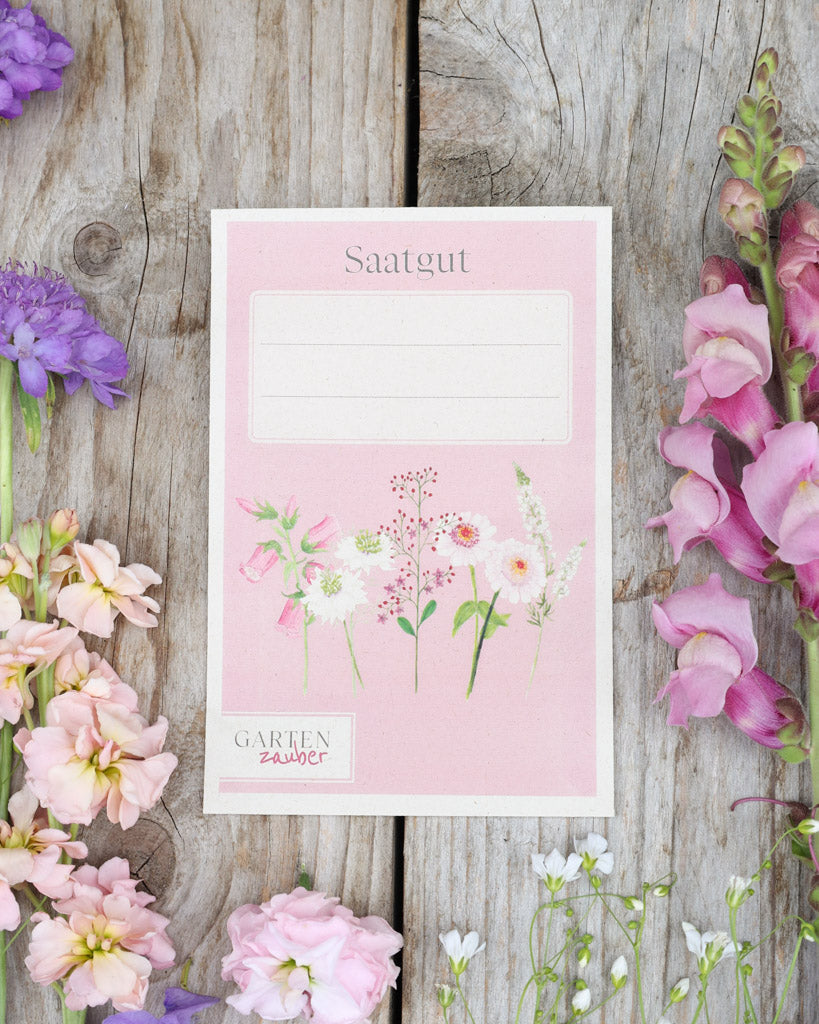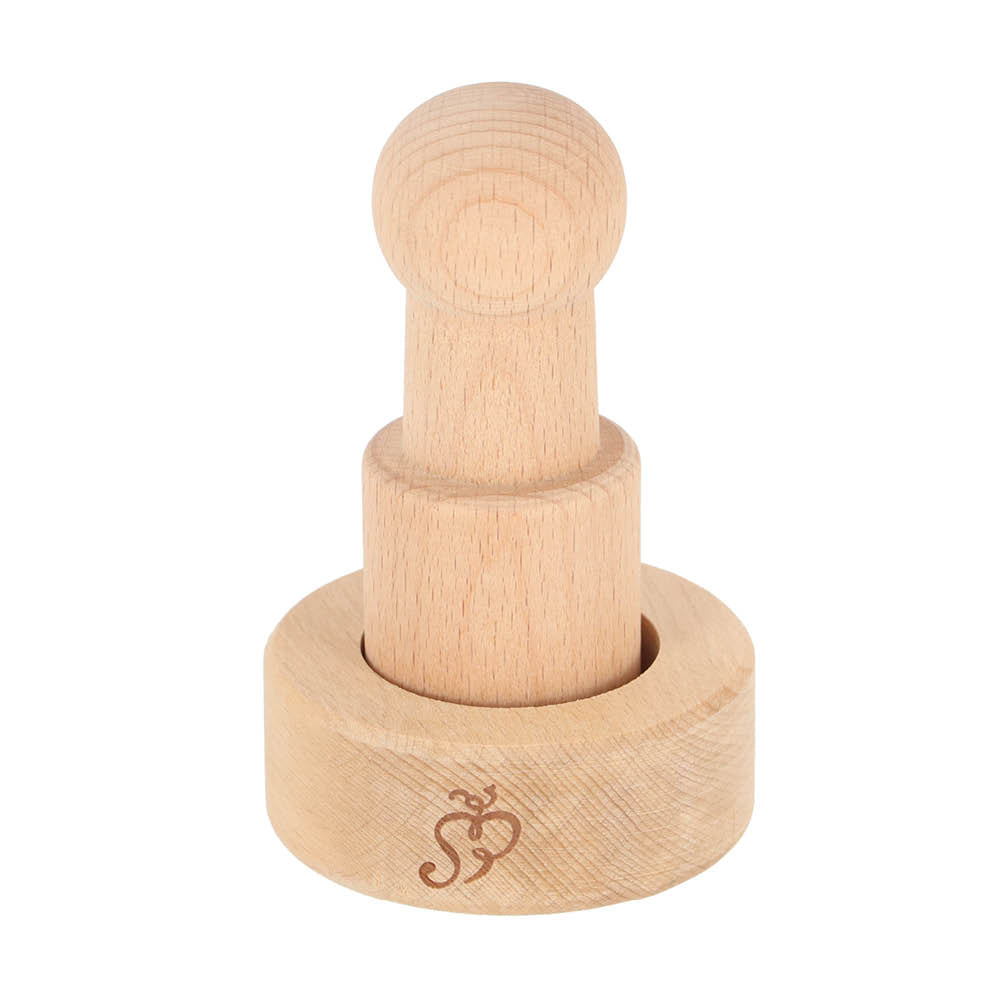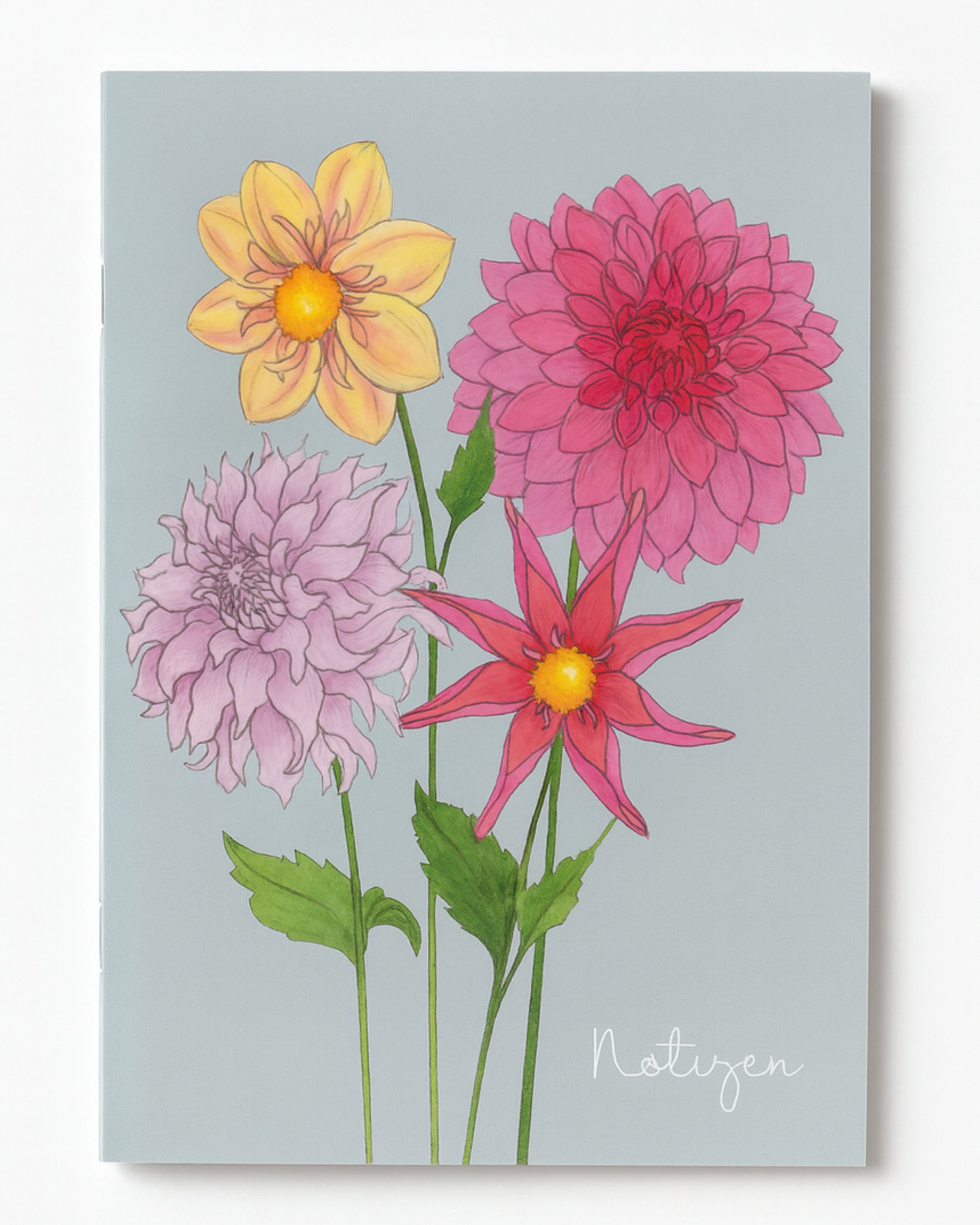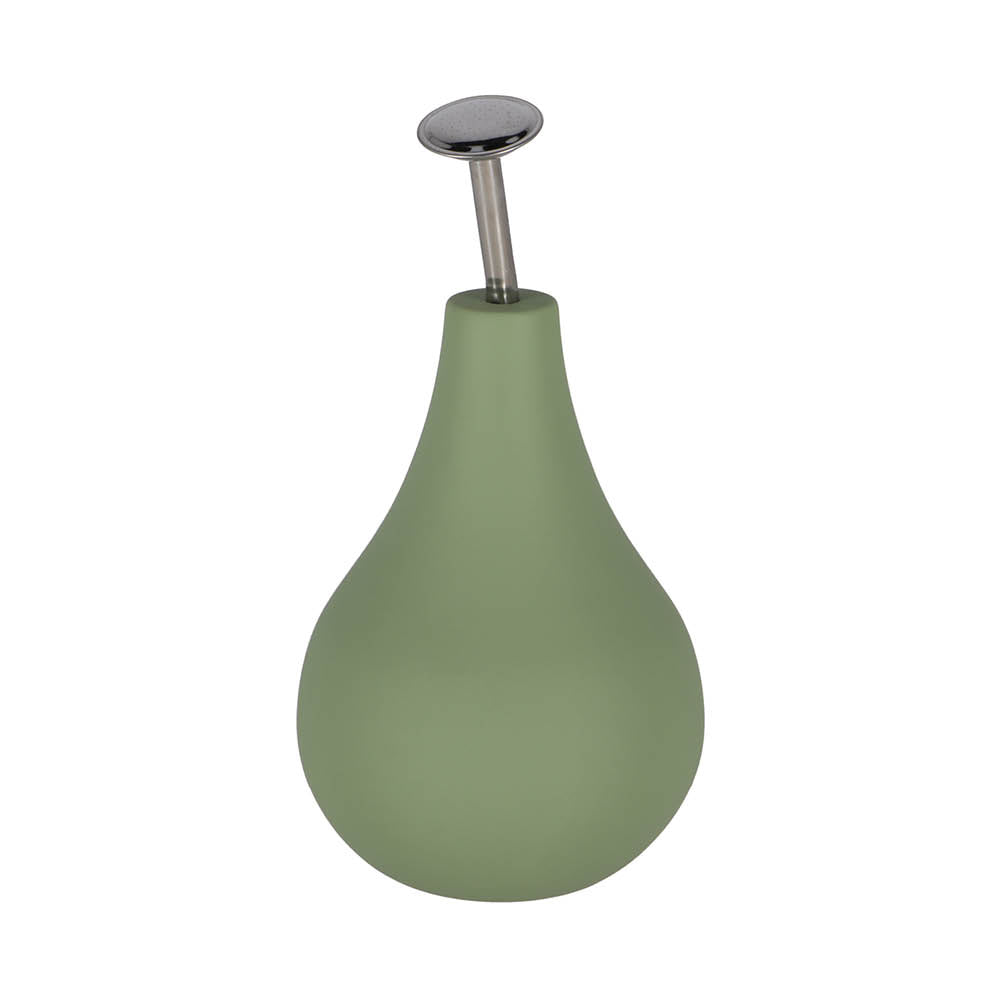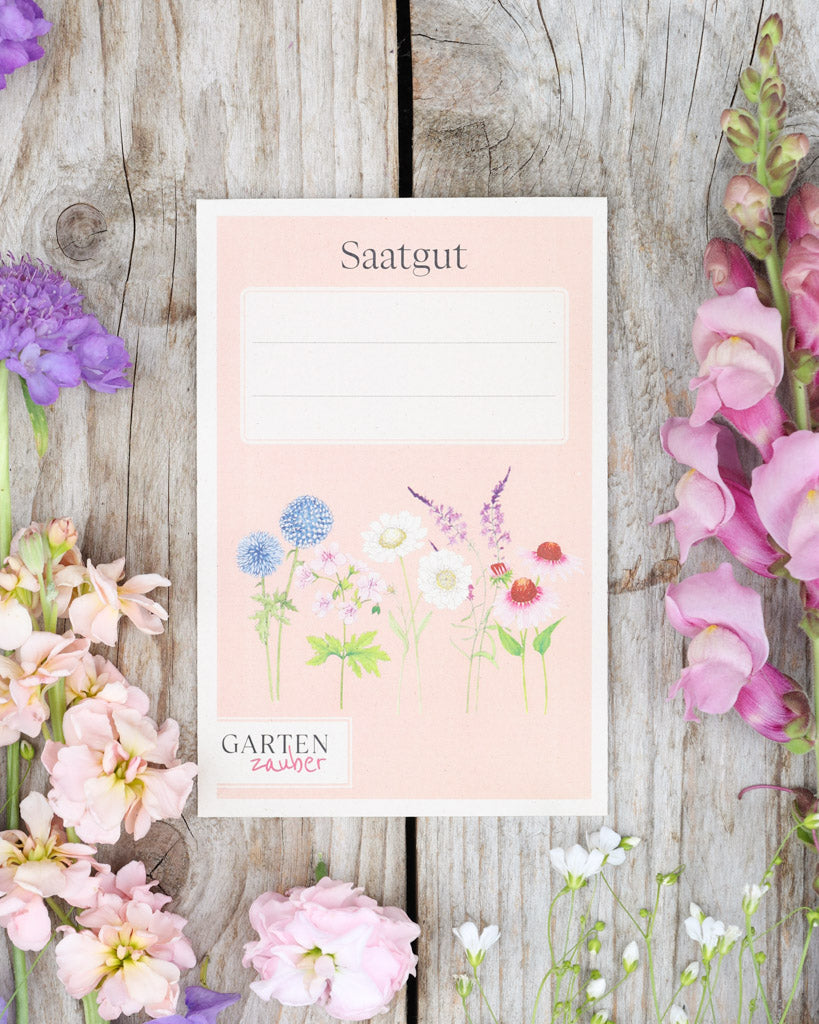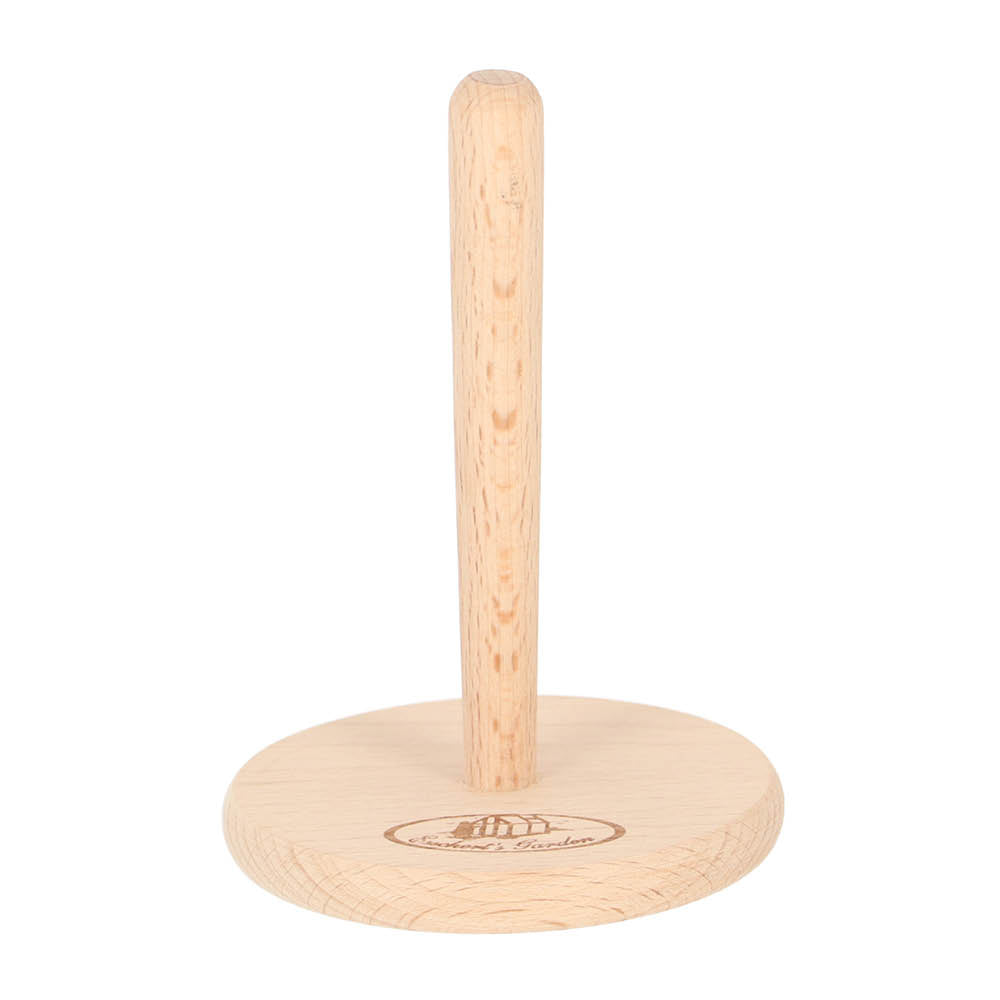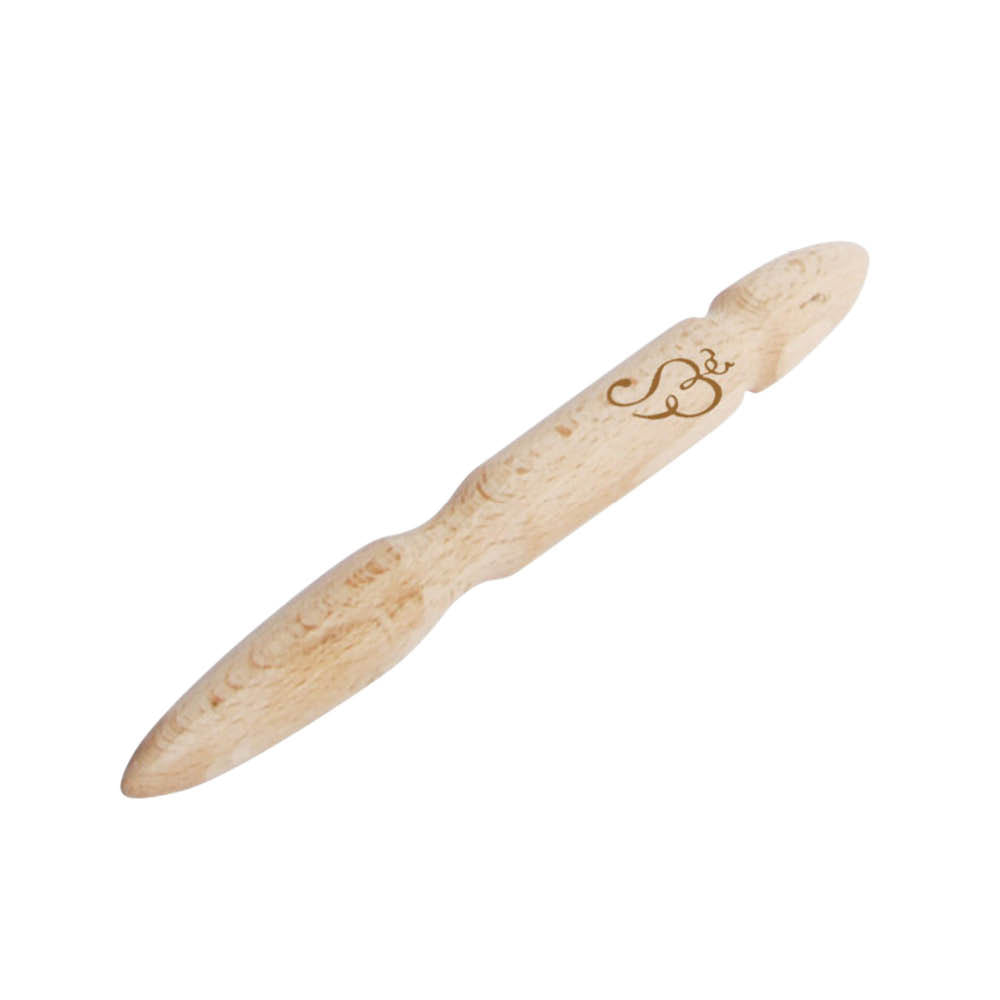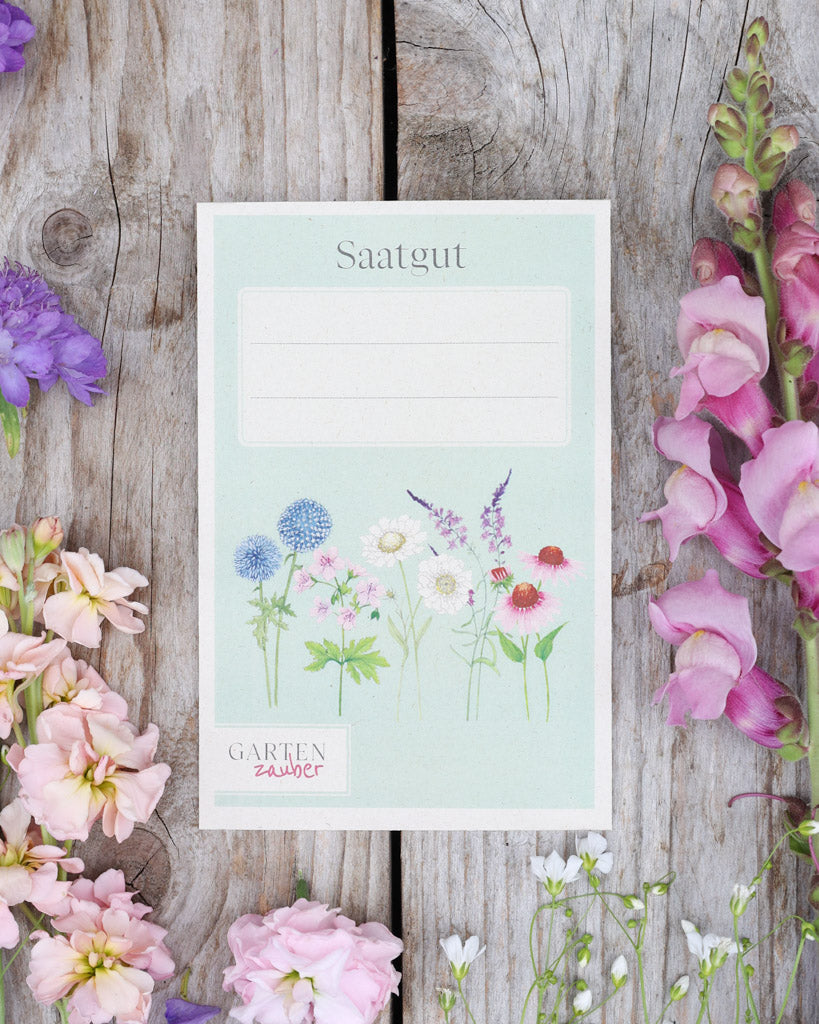Plant seeds – collect, dry & decorate
Many garden plants are still adorned with pretty seed heads. Harvest these little wonders of nature – it's worth it! You can obtain seeds for next season at no cost, and some bizarre structures are perfect for autumnal decorative arrangements with a natural look.
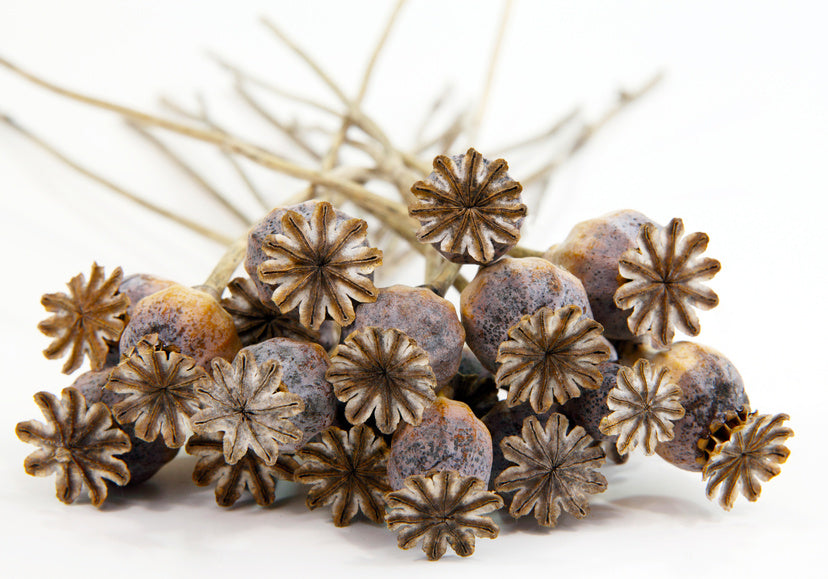
What was left of the summer
While the garden was still in full bloom a few weeks ago, it now presents a completely different picture. Ribbed capsules, translucent pods, paper-like balloons, and leathery pods adorn the beds – bizarre structures that pique our interest even from afar. They are the fruit and seed heads of perennials, bulbous flowers, summer flowers, and ornamental shrubs. These little wonders of nature often beautify the garden all winter long. That is, of course, provided they haven't fallen victim to overzealous tidying and long since ended up on the compost heap. That would be a shame, because besides their ornamental value, seed heads have one thing above all else to offer: plenty of valuable seeds that ensure the survival of the plants. And we gardeners can harvest them now and thus ensure an abundance of flowers next season at no cost.
Collected – knowing how
The variety of plant seeds is incredible: tiny black spheres, bright and juicy berries, grains with silky flying hairs, or chocolate-brown, shiny structures. They're all harvestable! All you need is newspaper and scissors, as well as small paper bags or sealable jars for storing the seeds. Collect seeds only from healthy, strong plants. Often, just gently tapping the dry seed heads is enough to ensure the ripe seeds land directly in the bag or jar. Or you can cut off entire stalks and stems, which, just to be on the safe side, are hung upside down on a line for a few days to dry – individually or in bundles. Then, tap the seeds loosely on a piece of newspaper. If the seeds come loose easily, break up the plant parts a little and collect the seeds with tweezers.
Tip: Using a kitchen or tea strainer, you can easily separate the tiny seeds, such as those of poppy or columbine, from larger plant remains.
Fancy a harvest lottery?
When bagging the seeds, don't forget to note what you've collected! Making your own labels or sticking pictures on the bags makes collecting even more fun. If you like, you can play the harvest lottery and collect seeds from many different summer flowers in one bag. Mixing these seeds together promises unique, colorfully mixed beds next year. Store the seeds in a cool, dry place until sowing. Tip: Add a few grains of rice to the seeds as a natural desiccant. Rice draws out any remaining moisture from the seeds. To do this, heat the rice grains in the oven for about 45 minutes and then let them cool. To be on the safe side, mix three parts rice grains to one part seeds.
From wonderful super seeds
Only a few plants can be propagated from truly pure varieties, but they still produce beautiful flowers. Most cultivated varieties today are so-called F1 hybrids. They are the first offspring of two crossed varieties and are thus, so to speak, super seeds; they possess certain desirable characteristics such as color, flower shape, and health, and sometimes even the fragrance of both parents. Unfortunately, their offspring usually look different from the parent plants – but that doesn't have to dampen the joy of your own homegrown plants. Just be surprised. The safest and fastest results are achieved by sowing annual and biennial summer flowers – such as poppies, lady's mantle, sunflowers, foxgloves, forget-me-nots, and mullein. Even uncomplicated perennials such as wild carnation, lady's mantle, or columbine are easy to sow – and often even sow on their own.
Tip:Before sowing next spring, test the germination of your homegrown seeds. It's quick and easy. Simply place the seeds in a glass of water; whatever sinks to the bottom is fine and can be sown.
All natural: chocolate brown & cappuccino colors
The dry flower and seed heads, umbels, capsules, and pods in mocha, café crème, and cappuccino shades are bizarre beauties with a natural charm. The late harvest from nature and the garden holds some curiosities. Although their blossoms and colors have long since disappeared, many a stem and stalk emerges as real eye-catchers. What's left of the summer is transformed indoors into autumnal decorative arrangements with a natural look. Presented in vases, bottles, or simply in shallow bowls, the puristic plant parts are beautifully displayed. The effort is minimal, but the effect is sometimes all the more astonishing. The art lies in the staging of the simple. In the transition from autumn to winter, when it becomes quieter outside, the natural tones fit wonderfully into our living spaces with cozy blankets, wood in the fireplace, the smell of warm tea and coffee, and candlelight. Goodbye dreariness – hello to coziness in brown, beige, and gray!
TEXT: Martina Raabe
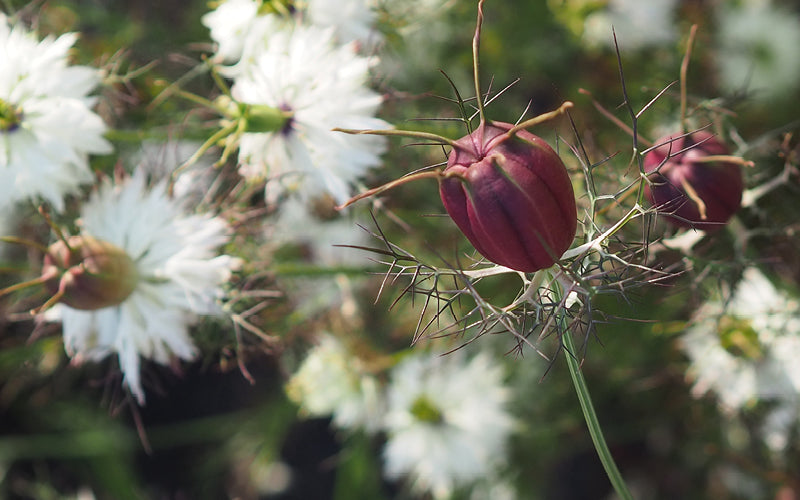
Supersamen & Lieblingssorten
Nicht alle Pflanzen vererben sich sortenrein. Viele Kultursorten sind F1-Hybriden – Kreuzungen, die besonders einheitlich blühen, deren Nachkommen aber variieren können. Das macht die Sache spannend: Es ist ein bisschen wie eine Gartenspielerei, bei der man nie weiß, welche Farben und Formen im nächsten Jahr erscheinen. Einfache Sommerblumen wie Klatschmohn, Sonnenblumen, Cosmeen, Jungfer im Grünen oder Königskerzen keimen dagegen zuverlässig. Auch unkomplizierte Stauden wie Akelei oder Frauenmantel lassen sich leicht aus eigenem Saatgut ziehen – oder sie säen sich sogar ganz von allein wieder aus.
Naturlook für Zuhause
Die trockenen Samenstände haben nicht nur praktischen Wert, sondern auch ästhetische Kraft. In Tönen von Mokka bis Cappuccino bringen sie Natürlichkeit ins Haus. Ob Mohnkapseln, Alliumkugeln
oder filigrane Disteln – sie wirken in Vase, Flaschen oder flachen Schalen besonders schön. Zusammen mit Gräsern, Hagebutten oder getrocknetem Eukalyptus entstehen schnell schlichte, aber effektvolle Arrangements. Gerade im Übergang vom Herbst zum Winter passen die Naturfarben wunderbar zu Holz, Kerzenlicht und einer Tasse warmem Tee.
Gartenzauber-Tipp
In unserem Online-Shop findest du ausgewähltes Saatgut, das sich wunderbar mit deinen eigenen Samenschätzen kombinieren lässt. Ergänzend dazu findest du bei uns dekorative Saatguttüten zum Aufbewahren, Sammeln und Verschenken sowie liebevoll gestaltete Notizhefte, in denen du deine Gartennotizen und Aussaatpläne stilvoll festhalten kannst.

